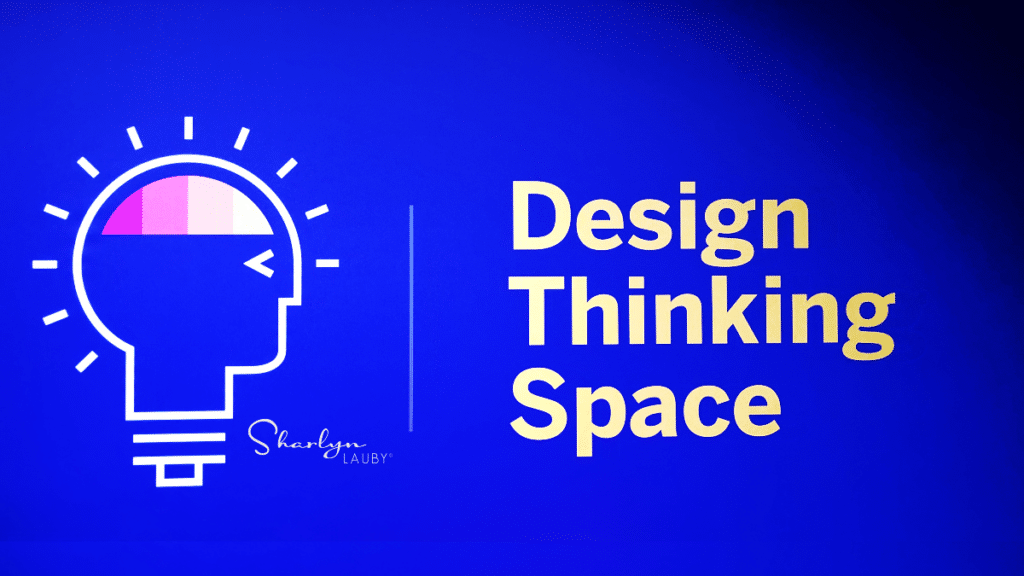Predictive Analytics: 3 Key HR Measurements
Estimated reading time: 3 minutes
Over the past few years, we’ve seen an increase in conversation about predictive analytics and human resources. So, what exactly are predictive analytics? I like to think of them this way: HR metrics tell you what happened in the past. For example, time to fill or cost per hire. Both of these metrics are valuable, but they might not provide all the information we need to make good business decisions.
Predictive analytics offer insights into the future. It’s focused on probabilities and impact, so it provides flexibility to the organization’s needs. I know, that sounds like a tall order. But I think it’s important to understand the difference between the two, so I picked up a copy of the book “Predictive Analytics for Human Resources” by Jac Fitz-enz and John Mattox. (P.S. Fitz-enz’s book “How to Measure Human Resource Management” is my go-to book for HR metrics.)
HR professionals need to pay attention to predictive analytics because there are times when today’s business environment is moving so quickly that we cannot always be focused on what’s happened in the past. We have to give equal time (and some might argue more time) to what we think is going to happen in the future and plan accordingly.
That’s where predictive analytics comes in because it’s what you do with the information you gather. Predictive analytics measures the three things business people talk about the most: efficiency, effectiveness, and outcomes.
- Efficiency measurements include some things we already calculate such as average number of days to fill a requisition and cost per hire.
- Effectiveness measurements might contain information such as new hire performance ratings, engagement survey results, and exit interview data.
- Outcomes measure results like profitability, productivity, and retention.
Predictive analytics is focused on the connection between these three types of measurement. Here are a few examples:
- Number of open positions (efficiency) – Quality of hire (effectiveness) – Length of employment (outcome)
- Average cost per hire (efficiency) – Cultural fit (effectiveness) – Contribution to product quality (outcome)
- Amount of training attended (efficiency) – Hi/lo performance potential (effectiveness) – Increased profit margin (outcome)
Don’t worry – HR metrics aren’t going away. But neither are predictive analytics. Human resources professionals need to continue to develop their analytical abilities. Let me add this isn’t just an HR “thing”. Predictive analytics are becoming a part of every aspect of the organization. Everyone will want to understand how predictive analytics are a part of their work.
In fact, when it comes to HR, an increasing number of departments are designing analytical roles. If you’re looking for a job in human resources, knowing something about predictive analytics will be important. This is a trend you should want to be on the front-end of because it’s not going away anytime soon. If ever.
Image captured by Sharlyn Lauby after speaking at the SAP Ariba Live Supplier Digital Summit in Barcelona, Spain
14